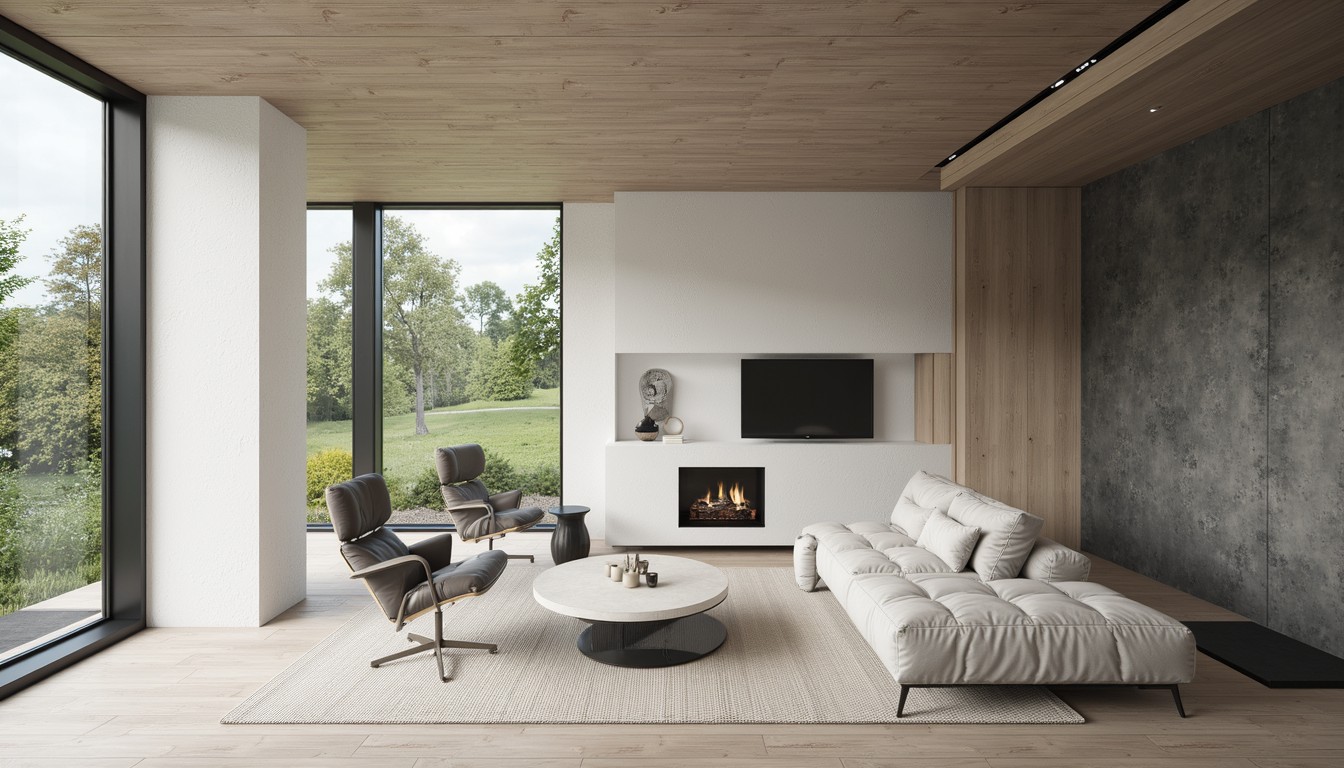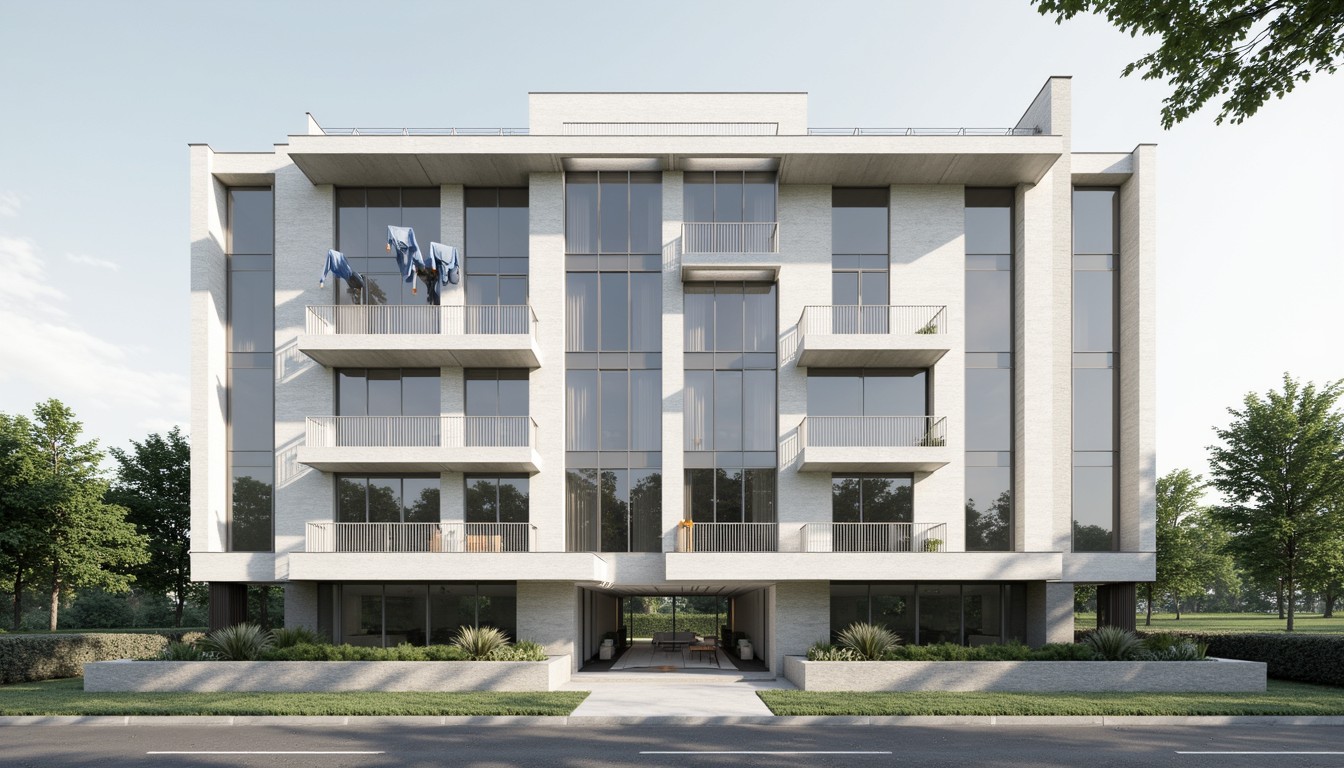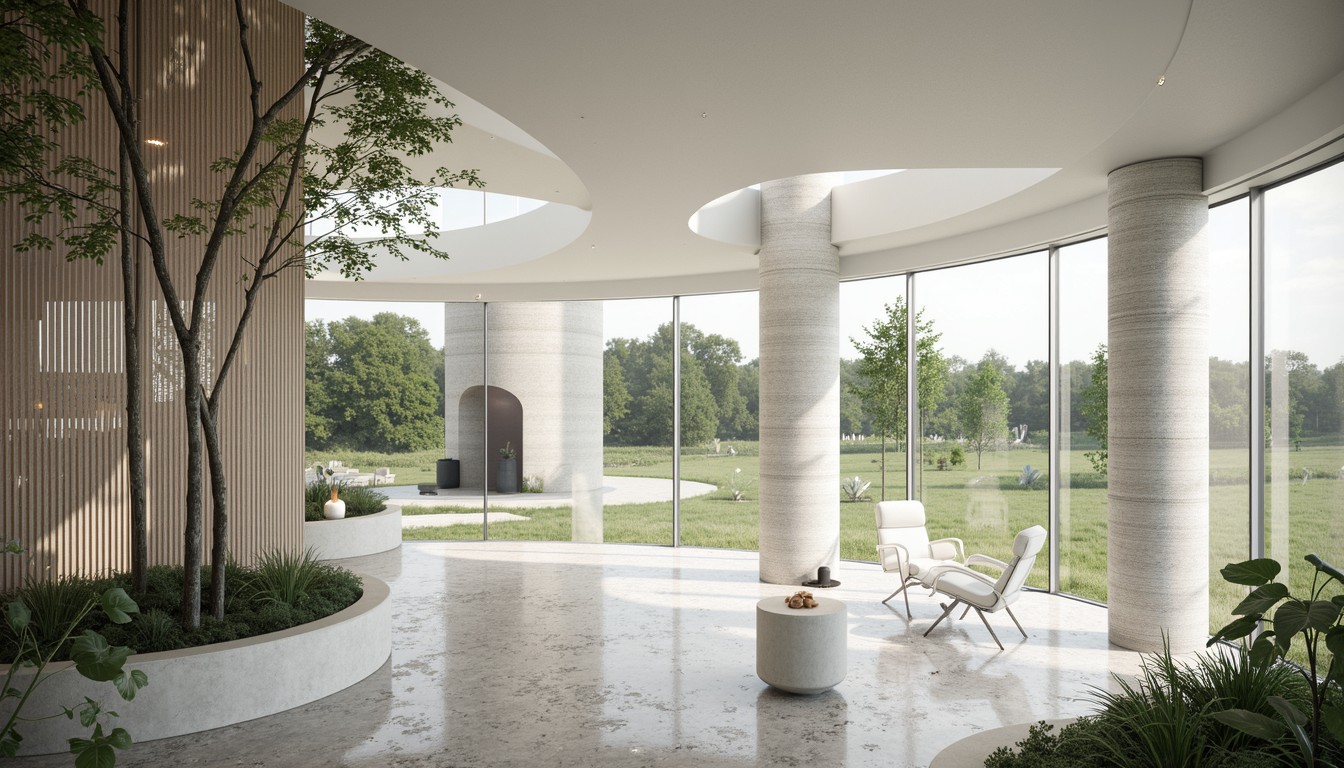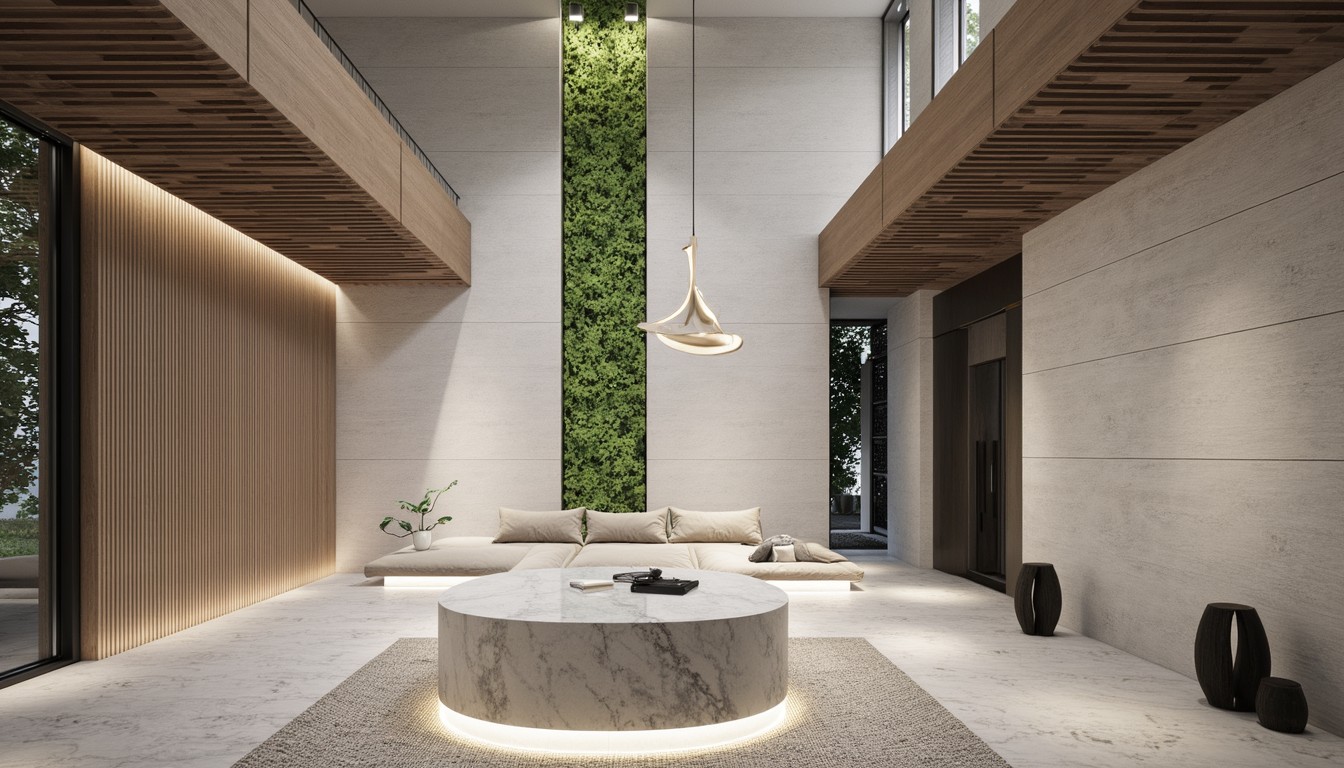Sustainable Architecture: Green Building Technologies & Visualizations
The construction industry is a significant contributor to global carbon emissions. However, a growing awareness of environmental responsibility is driving a rapid shift towards sustainable architecture and the adoption of green building technologies. This isn't just a trend; it's a necessity for a healthier planet and a more resilient built environment. ArchNav, with its expertise in architectural visualization, plays a crucial role in showcasing and promoting these innovative designs.
Passive Design Strategies: Harnessing Nature's Power

Passive design focuses on minimizing energy consumption through thoughtful building orientation, material selection, and site planning. This approach harnesses natural resources like sunlight, wind, and shade to optimize building performance. Key elements include:
- Solar Orientation: Positioning buildings to maximize solar gain in winter and minimize it in summer.
- Natural Ventilation: Designing buildings to utilize prevailing winds for natural cooling and ventilation, reducing reliance on mechanical systems.
- Shading Devices: Implementing overhangs, awnings, and strategically planted trees to reduce solar heat gain.
- Thermal Mass: Utilizing materials with high thermal mass, such as concrete or brick, to store and release heat slowly, regulating indoor temperatures.
ArchNav's visualizations can vividly illustrate the effectiveness of passive design strategies, showcasing how natural elements interact with the building to create a comfortable and energy-efficient environment. We can create compelling renderings that demonstrate the impact of solar orientation on daylighting and demonstrate the effectiveness of shading devices in reducing heat gain.
Active Green Building Technologies: Innovative Solutions

Active green building technologies involve the use of mechanical systems and technologies to enhance energy efficiency and reduce environmental impact. These include:
- Renewable Energy Sources: Integrating solar panels, wind turbines, and geothermal systems to generate clean energy on-site.
- High-Efficiency HVAC Systems: Implementing advanced HVAC systems with heat recovery ventilation to minimize energy consumption for heating and cooling.
- Smart Building Technologies: Utilizing building automation systems to monitor and control energy consumption, optimizing building performance in real-time.
- Water Conservation Systems: Implementing rainwater harvesting, greywater recycling, and low-flow fixtures to reduce water consumption.
- Green Roofs and Walls: Incorporating vegetation on roofs and walls to improve insulation, reduce stormwater runoff, and enhance biodiversity.
ArchNav’s expertise in architectural visualization allows us to showcase the integration of these active technologies seamlessly within the building design. We can create photorealistic renderings that highlight the aesthetic appeal of solar panels, the functionality of green roofs, and the efficiency of smart building systems. This helps clients understand the practical and visual benefits of incorporating these technologies.
Sustainable Materials: Reducing Embodied Carbon
The embodied carbon associated with building materials is a significant factor in the overall environmental footprint of a project. Choosing sustainable materials is crucial for reducing this impact. Examples include:
- Recycled and Reclaimed Materials: Utilizing materials that have been recycled or reclaimed from demolition projects, reducing the demand for new resources.
- Locally Sourced Materials: Minimizing transportation distances and associated emissions by using materials sourced from nearby regions.
- Bio-based Materials: Utilizing materials derived from renewable sources such as bamboo, timber, and hemp.
- Low-Embodied Carbon Concrete: Using alternative cement types or incorporating supplementary cementitious materials to reduce the carbon footprint of concrete.
ArchNav’s visualizations can effectively communicate the aesthetic qualities and sustainability credentials of these materials. We can create detailed textures and renderings that showcase the unique visual appeal of sustainable materials, helping clients to make informed decisions about material selection.
LEED Certification and Green Building Standards

Achieving certifications like LEED (Leadership in Energy and Environmental Design) demonstrates a commitment to sustainable building practices. These certifications provide a framework for evaluating the environmental performance of buildings, encouraging the adoption of green building technologies and strategies. ArchNav can assist in visualizing the features that contribute to LEED certification, creating compelling visuals to showcase a project's commitment to sustainability.
ArchNav: Your Partner in Sustainable Architecture Visualization
ArchNav understands the critical role of visualization in promoting and advancing sustainable architecture. Our expertise in creating high-quality renderings, animations, and virtual reality experiences allows us to effectively communicate the benefits of green building technologies to clients, stakeholders, and the public. We help you visualize your sustainable vision, making it tangible and persuasive. Contact us today to learn how we can help you bring your sustainable architectural projects to life.
